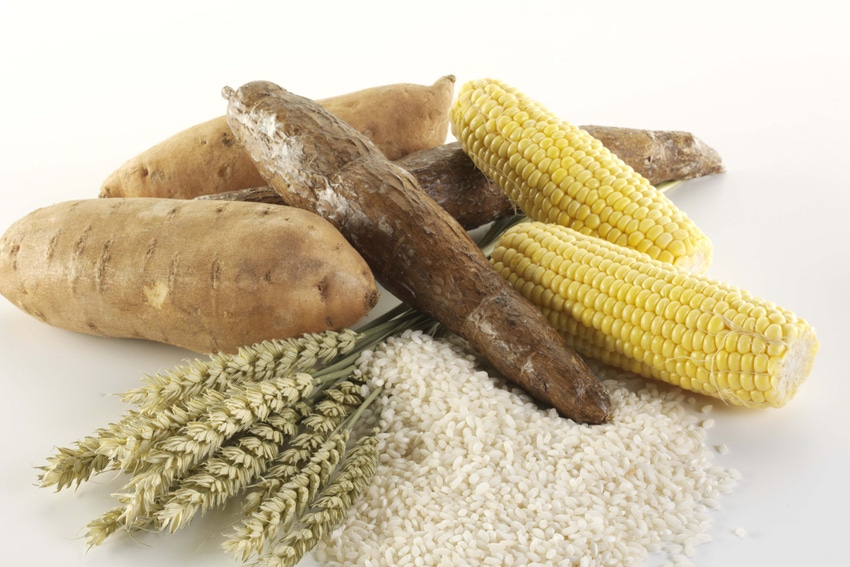Ulrick & Short unravels the secret life of clean label fibers and breaks down their many benefits.
March 4, 2014

We’ve all heard about the importance of fiber in our diets, but how far beyond understanding that “bran for breakfast is good for us” does our general knowledge really extend?
Fibers are, in fact, incredibly versatile, providing a natural, clean label alternative to phosphates, improving the succulence of meats and mouthfeel of sauces, extending shelf life of baked goods and, ultimately, increasing manufacturers’ profit margins. Here we unravel the secret life of clean label fibers.
Jon Arzberger, fibers specialist at British clean label specialists Ulrick & Short, explained: “Fibers are something of a dark horse with their true nature remaining mostly under the consumer radar—aside from the obvious breakfast cereal advertisements. However, savvy food manufacturers are very much aware of the considerable and wide-ranging benefits that clean label fibers can bring to a massive variety of food products—especially when used in conjunction with clean label starches.
“Combining clean label fibers and starches across a range of different products, from bakery to burgers, can improve the stability and structure of a foodstuff and also reduce reliance on other, potentially more expensive ingredients such as oils or fats for binding and moisture content. It’s no wonder that clean label fibers are starting to come into their own at last.”
Keeping it clean
Manufacturers focused on reducing or even avoiding allergens face a challenge when it comes to new product development. This is where a bamboo based fiber, such as that newly developed by Ulrick & Short, comes in. Extracted from the plant’s shoots rather than the cane, it’s of relatively unusual origin but invaluable to food processing facilities that don’t use wheat products. It’s especially useful for the gluten-free market which is growing at a consistent rate thanks to lifestyle—as well as medical—demand.
Arzberger added: “There is rising demand for functional, added-value ingredients that help to clean up labels and provide a natural alternative to traditional additives. There is considerable interest in our ingredients for meat and savoury applications, such as sausages and meatballs, in which they can reduce allergens, improve succulence and shape stability. They can help to ‘premiumise’ a standard product, enhancing taste and texture to match or exceed the consumer’s expectations.”
Fortification and reinforcement
One of the other primary uses of fibers is to fortify or reinforce a formulation—particularly applicable to the bakery sector and for processed carbohydrates such as pasta. Bamboo fibers, for example, are easier to handle and less fragile than many alternative ingredients. They are also extremely versatile: capable of providing a softer dough product or a more robust baked snack depending on the formulation and production process. Fibers are also used to create drier and crispier coatings on nuggets and coated potato products.
As well as reducing the reliance on additives in processed meat products, fibers and starches can improve the succulence of such products. The same applies to meat alternatives which can be quite dry without reformulation to improve moisture content. Aside from the allergen benefits, bamboo fibers can facilitate increased yields compared to wheat-based ingredients, as it can bind more water or oil than wheat, thus enabling more water to be added to a formulation. It’s also a better stabiliser as, weight for weight, more oil can be bound thus helping to minimise separation issues.
A little saucy
Clean label fiber-starch combinations are one of the best kept secrets in the production of sauces, glazes and marinades—again, providing improved texture and mouthfeel whilst reducing reliance on oils and fats which in turn controls costs. Of course, the consumer also benefits through reduction of both the fat content and unnecessary additives.
Showcasing the ingredients’ versatility further, reinforcing a glaze will also reduce drip-loss on injection or coating of a range of savoury and sweet baked and meat-based products. Fibers can also help to increase freeze storage capability as they help to limit the formation of large ice crystals in a product.
The perfect partnership
Ulrick & Short director Adrian Short concluded: “Clean label fibers and starches used in the right combination and application are about as close as you can get to a food processing panacea. With the right technical knowledge it’s possible to increase succulence, texture, nutritional value and shelf life whilst simultaneously reducing fat and allergen content and, of course, the cost of ingredients.
“Clean label, non-GM ingredients are in significant demand from mainstream manufacturers looking to improve their clean label declaration and shelf life without compromising nutritional content, mouthfeel or increasing costs. They’re also invaluable in specialist sectors such as gluten-free and vegetarian meat alternatives—a sector we expect to become even more significant as figures show that a fifth of UK households reduced their meat consumption following the horsemeat scandal early in 2013.
“As more and more manufacturers look to clean up their labelling and compete to provide ever-better products at appropriate price levels, we’re confident that clean label fibers and starches will play an ever more significant role in improving food quality and profit margins for major and niche brands alike.”

You May Also Like


